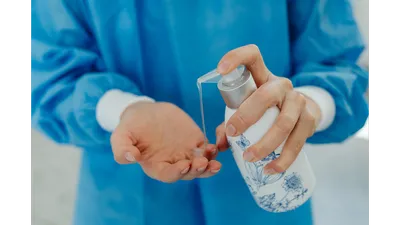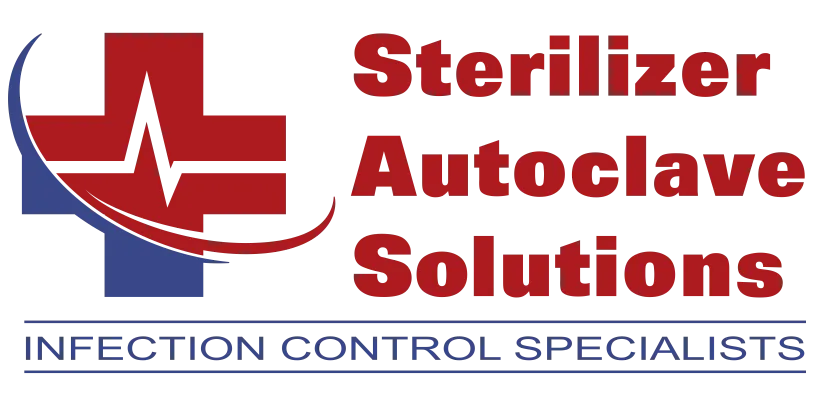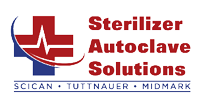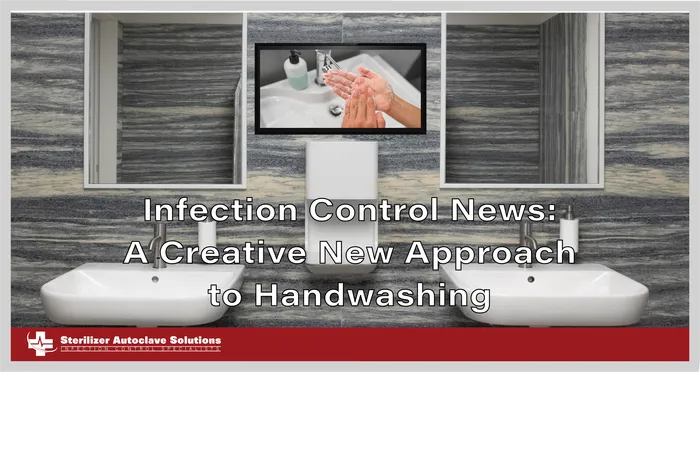Infection Control News: A Creative Approach to Increase Handwashing
Even from childhood, we learn that handwashing will always be one of the easiest and most effective ways to combat germs and bacteria in your everyday life. Whether you’re in the medical industry or not, handwashing is one of the simplest things you can do. So you’d think that it would be just as easy to get people in the industry to get behind it, right? Well, surprisingly, it’s much harder than you think. In fact, we even wrote an article about some medical workers making a push to eliminate handwashing in the medical practice to “save time.”
But since the pandemic, it’s been harder and harder to get people to comply with simple handwashing practices. Healthcare organizations have been funding various programs to create new guidelines to try and gain interest in it. But so far the numbers have been below expectations. But not all hope is lost.
A recent study published in the American Journal of Infection Control talks about one Dr. Lily Ackerman’s quest to make handwashing interesting again. And through the use of interactive video engagement, Ackerman and her team aimed to boost handwashing numbers in medical practices.
The News
A new study published in the American Journal of Infection Control explores the potential of automated smart technology, specifically video engagement, to improve hand hygiene and reduce healthcare-associated infections (HAIs). The research, led by Dr. Lily Ackermann of Thomas Jefferson University Hospital, addresses the persistent challenge of maintaining consistent and effective hand-washing practices among healthcare staff and the public. While hand washing is the simplest and most effective way to prevent HAIs, adherence to recommended guidelines, such as the CDC’s 20-second hand-washing duration, has historically been low.
This study investigated whether an automated video system could increase the number of people washing their hands for the recommended 20 seconds and if users would eventually become less engaged with the system. The researchers developed a system that linked smart soap and towel dispensers to a computer displaying 20-second creative videos. The video and a timer started when soap was dispensed and stopped when a towel was used. The system was piloted in a hospital’s non-clinical staff bathrooms over three periods: a 3-week control period with no videos, a 9-month “impact-video” period, and a 17-month “sustain-video” period.
The results showed that the video intervention significantly increased both the average hand-washing duration and the percentage of users washing for at least 20 seconds compared to the control period. During the “impact” and “sustain” periods, average hand-washing times increased by 7.5 and 4.4 seconds, respectively, compared to the control’s 14.4 seconds. The percentage of users washing for over 20 seconds rose from 21.8% in the control group to 61.1% in the “impact” group and 41% in the “sustain” group.
However, the study also revealed a gradual decline in hand-washing duration over time, suggesting potential “creative and message fatigue.” The researchers observed the highest rate of 20-second washes in the first month of the “impact” period, followed by a decrease. They suggest that refreshing the video content every three months could help maintain user engagement and the positive effects on hand-washing practices. Experts like Linda Dickey, president of APIC, believe this type of innovative solution is promising for tackling the difficult problem of hand hygiene compliance, ultimately contributing to infection reduction, cost savings, and improved patient outcomes.
Final Thoughts
In healthcare, where hand hygiene is paramount to patient safety, consistent and effective handwashing has become increasingly critical. Especially in the wake of the pandemic, which saw a surge in awareness followed by a concerning decline in adherence. This faltering compliance underscores the urgent need for new and innovative solutions. This new study published in the American Journal of Infection Control offers a promising approach. Demonstrating the potential of automated smart technology, specifically engaging video content, to improve hand-washing practices.
Researchers found that a system linking smart dispensers to 20-second video displays significantly increased both the duration of handwashing and the number of individuals meeting the recommended 20-second guideline, compared to periods without video intervention. While the study also noted a decline in engagement over time, suggesting the need for regular content updates, these findings offer a valuable new strategy for tackling the persistent challenge of hand hygiene compliance and ultimately reducing the risk of healthcare-associated infections.
If you’d like to read the full article, you can find it here. For more articles on handwashing, infection control news, and anything else, check out our News tab here on our website. We also have links to our various customer programs available to anyone for free using the links below. For any other questions related to autoclaves, infection control and more, give us a call at 704-966-1650 Option 3 for our Free Tech Support Line.
As always if you have any questions about this process or anything else please feel free to contact us and take advantage of our “FREE TECH SUPPORT.”
We also offer FREE VIRTUAL TECH SUPPORT to “See and Talk” with a “Real Time Live Technician” for any problems you may be in need of help with.
You can also use our “FREE MAINTENANCE PROGRAM”. Take the guesswork and worrying about what unit is due for maintenance and which maintenance cycle it is time for. We will keep track of all your autoclaves and let you know when it’s time for anything.


